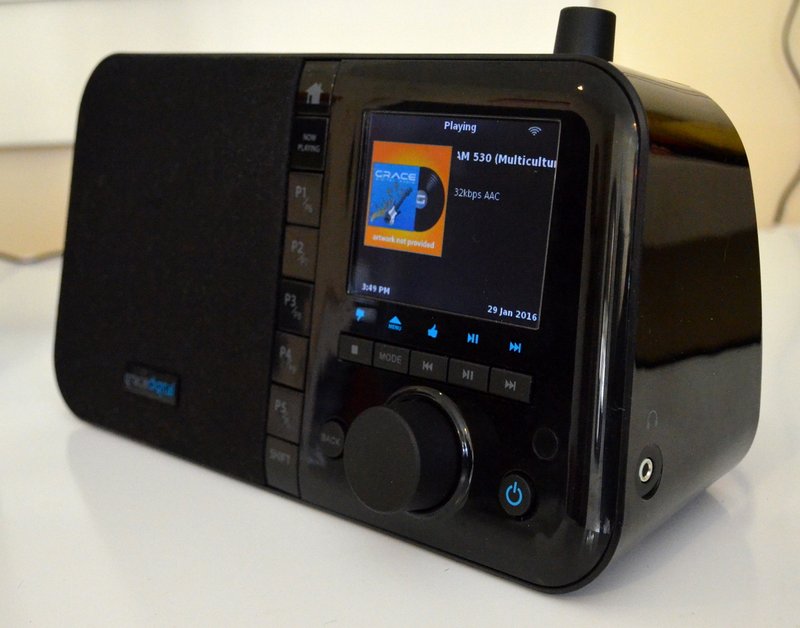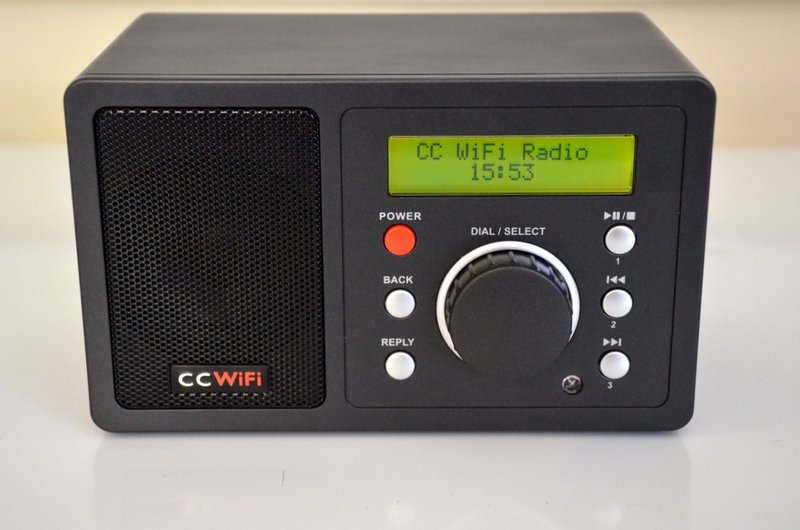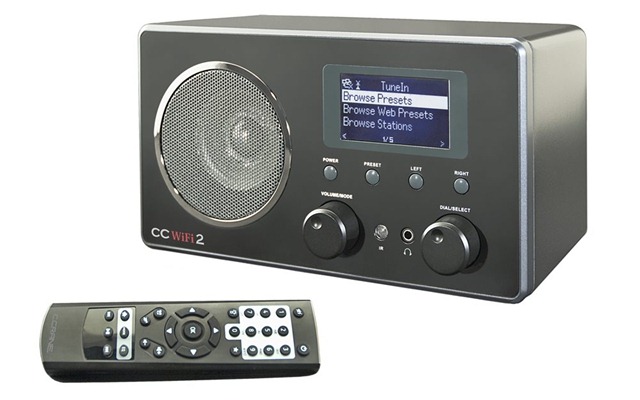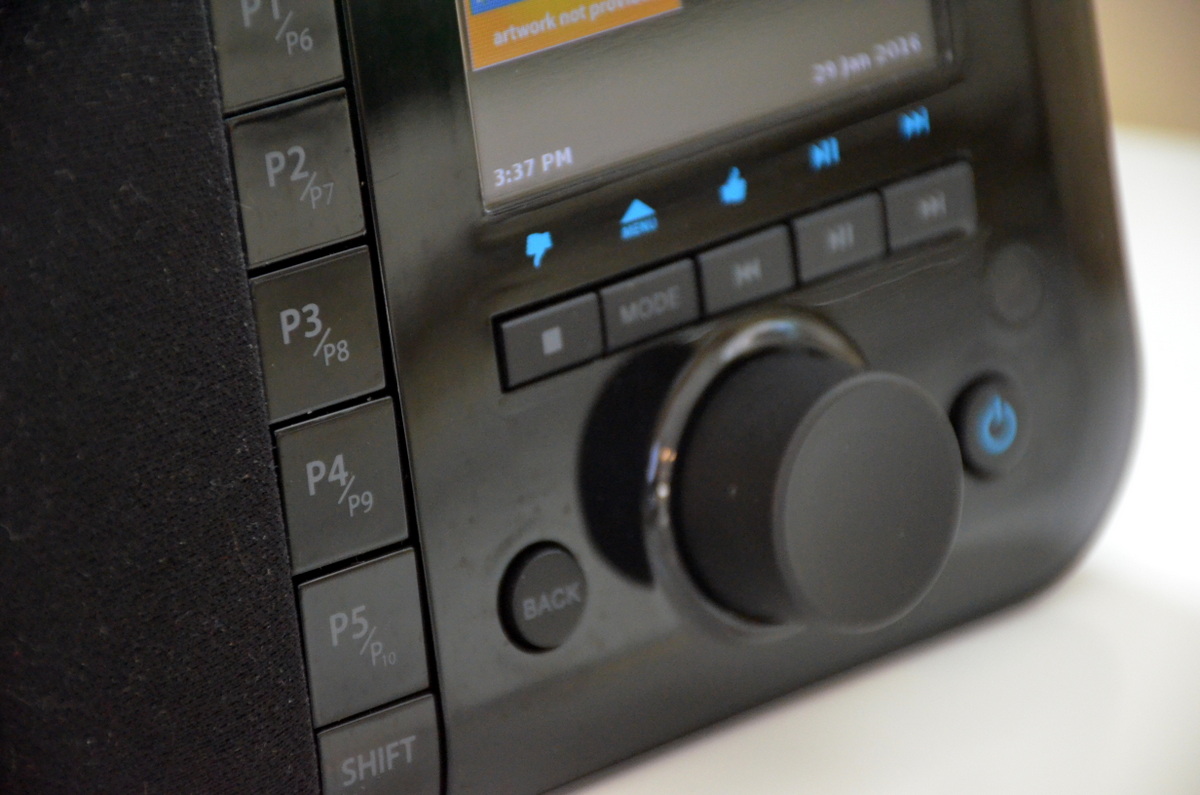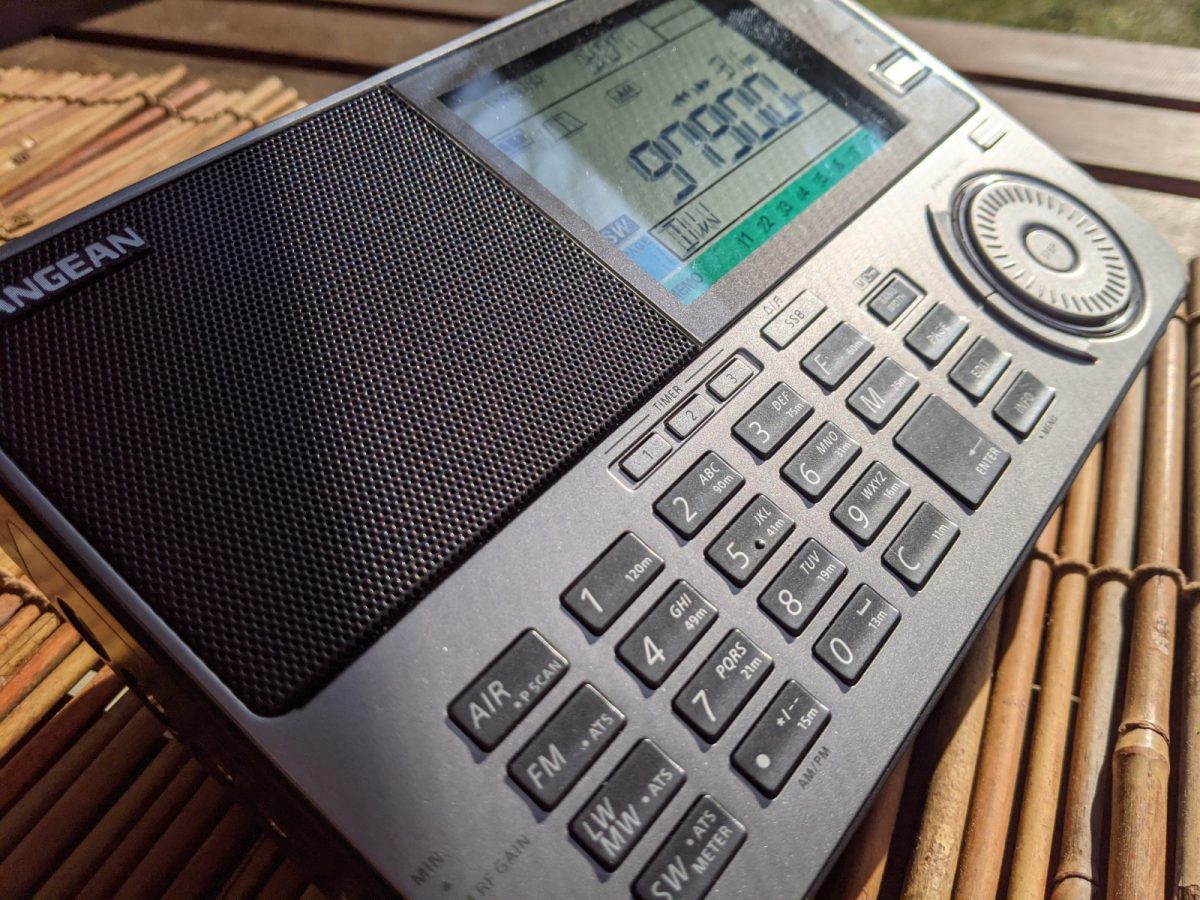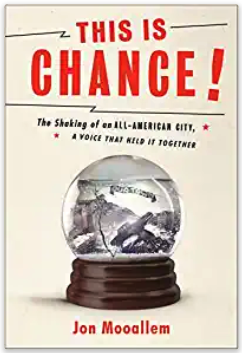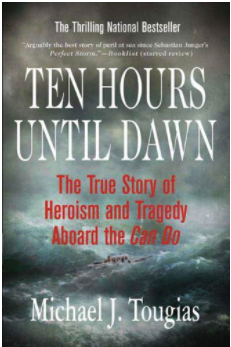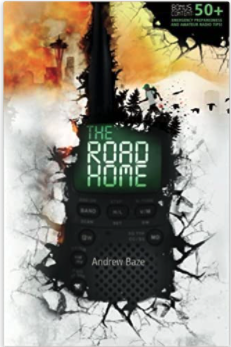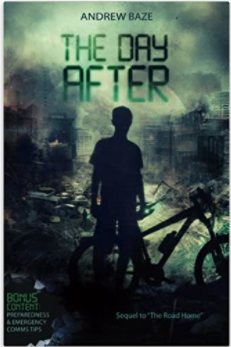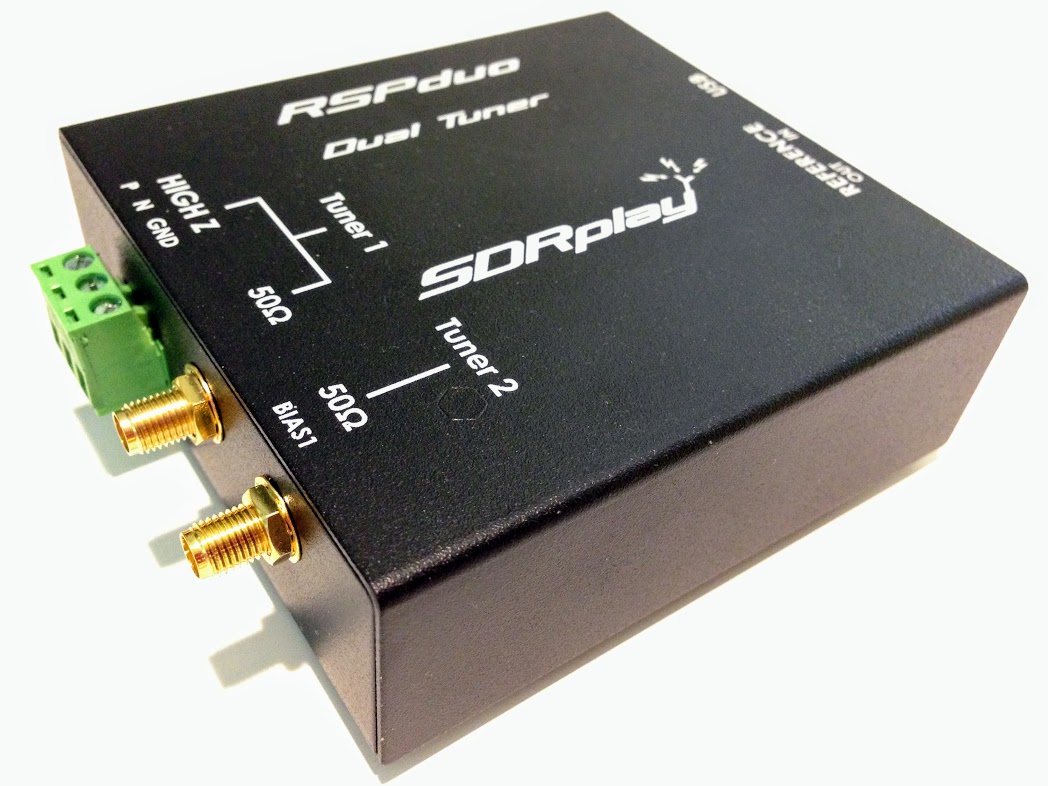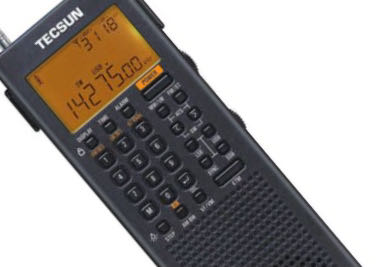 Many thanks to SWLing Post contributor, Dan Robinson, for the following guest post and review:
Many thanks to SWLing Post contributor, Dan Robinson, for the following guest post and review:
Re-Visiting Calibration on Tecsun Receivers
Dan Robinson
As owners of the latest Tecsun receivers should know by now, the PL-990x, H-501x and the new PL-368 (also sold by CountyComm as the GP7/SSB) provide the user with the ability to re-calibrate.
I wrote about this in my past reviews of these receivers. With the PL-368, the addition of re-calibration combines with a new keypad to make this receiver even more attractive as a prepper type radio.
Recently, an exchange with Gilles Letorneau who runs the OfficialSWLChannel on You Tube and viewing one of his videos brought to my attention a variation in the method I had been using.
Since the 990x, 501x and more recently the 368 came out, I had been following this method:
Receive a clear and audible strong station in shortwave, then switch to USB and LSB. If adjustment is needed, hold down USB or LSB until a double display flash. Hit the STEP button once and then quickly again to move the display down arrow so it’s above the far right digit. Then fine tune for zero beat. Hold LSB or USB in for a couple of seconds until the LCD blinks again.
At one point, Tecsun engineers had cautioned against using re-calibration and apparently had de-activated it in the PL-330 and PL-368, worrying that using the feature might result in unwanted complications for some users. But it was later restored.
My exchanges with Gilles alerted me to the fact that the additional step of first holding down USB or LSB for a double display flash, depending on which is being re-calibrated, is not actually necessary.
I owe Gilles a beer on my next visit to Montreal.
Of course, switching to SSB does not automatically place the receiver in fine tune mode, which is still necessary, so after entering USB or LSB you still have to move the fine tuning cursor to the right with two presses of the STEP button. But it’s not necessary to long press USB or LSB first to achieve a first double flash
As I stated in my reviews, re-calibration doesn’t mean the receiver is then permanently zeroed up and down the shortwave bands. You will have to repeat the process from, say 25 meters, to 19 meters, to 49 meters, etc.
Revisiting the re-calibration issue on the Tecsun PL-368, and now on a sample of the CountyComm GP7/SSB has underscored a couple of other issues on these handy walkie-talkie style receivers. I will have more on this in an upcoming review of the CountyComm version of the PL-368.




